Last Updated on July 30, 2021
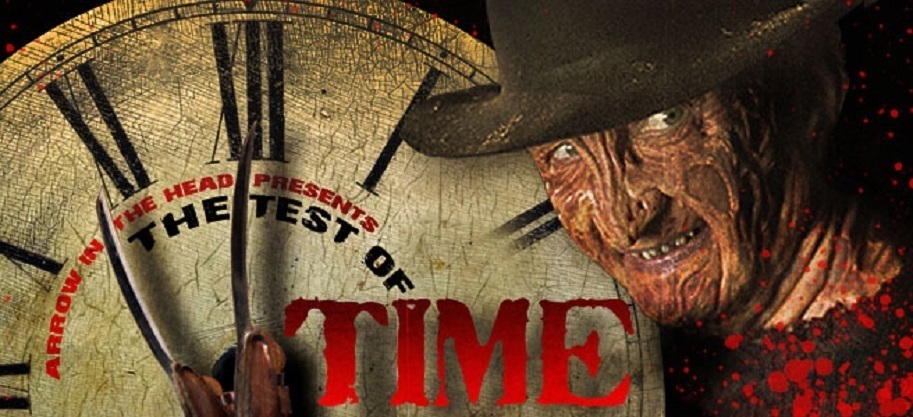
We all have certain movies we love. Movies we respect without question because of either tradition, childhood love, or because they’ve always been classics. However, as time keeps ticking, do those classics still hold up? Do they remain must-see? So…the point of this column is to determine how a film holds up for a modern horror audience, to see if it stands the Test of Time.
DIRECTED BY DAVID CRONENBERG
STARRING STEPHEN LACK, MICHAEL IRONSIDE, JENNIFER O'NEILL, PATRICK MCGOOHAN
In surely neither the first nor the last time asking: be honest, what’s your absolute favorite David Cronenberg movie? While most finger-point THE FLY for obvious reasons, I’ll always remain partial to Videodrome and Dead Ringers as my two-way tie for first place. James Woods and Jeremy Irons are the shit!
However, a close second has to include Cronenberg’s seminal sci-fi horror salvo Scanners (WATCH IT HERE / OWN IT HERE), which was released 40 years ago this month. The freaky and frenzied FX-laden spectacle of telepathic terror and pyrokinetic power marked the indie Canadian auteur’s sixth feature film, made for a modest $4.1 million CAD, which translates to roughly $3.2 million USD. In one of his more technically superior of his early films, Scanners mixes a marvelous maelstrom of corporate greed with the malevolent menace of life-altering mind-control, the combination of which infiltrates your mind, body, and soul like few other Cronebergian curiosities. Michael Ironside’s a mother*cking beast!
But what about in 2021? Does Scanners still work as effectively as it did in 1981? If so, how come? If not, why not? Hold on to your pretty little heads and find The Test of Time vs. the mind-blowing Scanners below!
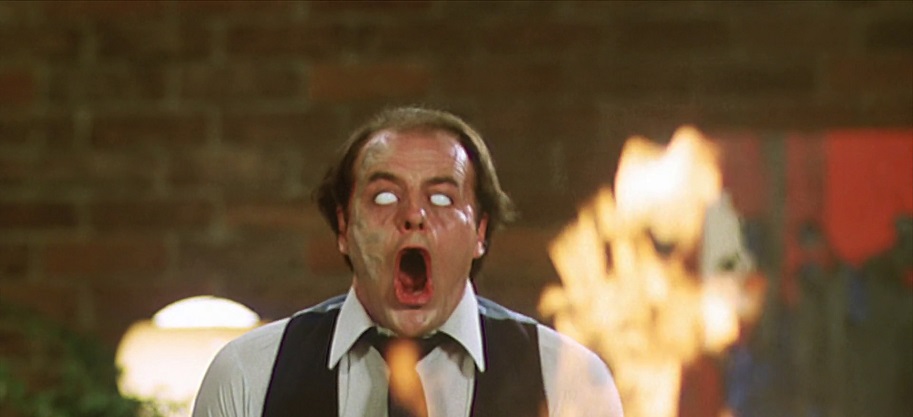
THE STORY: Following his 1975 film Shivers, Cronenberg penned a treatment for a sci-fi story called Telepathy 2000. The basic idea of the plot concerned a protagonist named Harley Quinn raping a woman telepathically in a subway before revealing itself as a spy story of corporate espionage. The evil Cytodyne Amalgamate Corporation deliberately bred Scanners as a government program to overtake the world. In the updated draft, Cronenberg changed the name of the corporation to Biocarbon Amalgamate. Also, it’s worth noting that William S. Burrough’s acclaimed novel Naked Lunch, which Cronenberg adapted in 1991, also featured a subplot involving “Senders,” telepathic entities determined to assume global dominance.
Once “Senders” morphed into Scanners, Cronenberg put forth a plotline that I’ve always felt could play as the low-budget B-side to Ridley Scott’s iconic sci-fi masterstroke Blade Runner. Both films follow a specially gifted protagonist tasked with hunters others just like him. In fact, Rick Deckard and Cameron Vale both sport high-collared tan trench-coats in the dogged pursuit of their inimical targets. The big difference is that Deckard doesn’t know he’s a Replicant, while the other 236 Scanners don’t know that Cameron happens to be one of them. Both films were released 17 months apart from January 1981 to June 1982.

But to back up, Scanners kicks off with Dr. Paul Ruth (Patrick McGoohan) explaining to a mysterious man named Cameron Vale (Steven Lack) that he is a Scanner, meaning he has the psychic ability to control things telepathically. Dr. Ruth tasks Vale with hunting down the outstanding 236 Scanners and put an end to their existence via any means possible. When it becomes clear a rogue Scanner named Darryl Revok (Ironside) has been using a drug called Ephemerol to breed more Scanners, gain more power and assume control of the world’s population, Vale’s mission becomes crystal clear: eliminate Revok at all mother*cking costs.
WHAT HOLDS-UP: The sturdiest pillar of Scanners remains its unassailably riveting premise, which, again, ought to be canonized along with the Hall-of-Fame status of Blade Runner The sheer notion of a small population of human beings in possession of extrasensory powers that include telepathy, pyrokinesis, gruesome head-bursting, optical poptitude, and grisly vein-popping violence is as bizarrely macabre and strangely imaginative as it comes. It remains the calcified backbone of the story that has not withered one iota. It’s crazy to think that Cronenberg was forced to finish writing the film while simultaneously directing. But according to the director, that’s precisely what happened, and his dismay on set came about when the project was rushed into production to satisfy a tax write-off requirement. Cronenberg was given under two months to finish principal photography, which he barely did from October 30 to December 23, 1979.
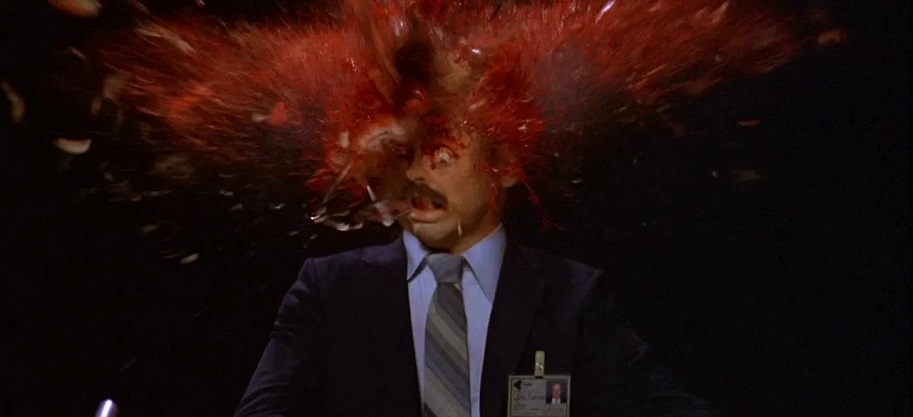
Beyond the excellent premise, that vivid and visceral visual FX remains the movie’s biggest technical high-water mark. The legendary Dick Smith worked on the film as a makeup effects consultant, doing so in conjunction with The Fly creator Chris Walas. The Special FX were supervised by Gary Zeller, who did all of the explosions on Romero’s Dawn of the Dead three years earlier. The top-tier pedigree behind the camera, which also includes the highly underrated DP Mark Irwin (The Blob, Scream, Man's Best Friend, etc.), proves its worth through a collaborative technical mastery that continues to convince to this day.
For example, one can’t speak about Scanners without mentioning the infamous head-bursting scene. Cronenberg initially inserted the shot at the beginning of the film but moved it back for late stragglers entering the theater. The scene comes when Dr. Ruth is demonstrating the awesome powers a Scanner possesses, resulting in a man’s head gorily exploding like a goddamn Gallagher watermelon. Shite’s gnarly. It was in 1981 and frankly still is. Here’s how it was done.
A latex head of the victim was created, which was then crammed full of a combination of dog food, leftover lunches, rabbit livers, and fake blood. The fake head was then fired at from behind with a 12-gauge shotgun, resulting in an all-time shot for the ages. In addition to the infamous head explosion, the mid-section of the film is also littered with enduringly visceral, hyper-violent shootouts that feel like the best-of a throwback Michael Mann movie. With the soundscape of Howard Shore’s jagged score on hand to induce extra anxiety, the overall atmosphere fostered by such exemplary VFX remains among Scanners' most lasting strong suits.
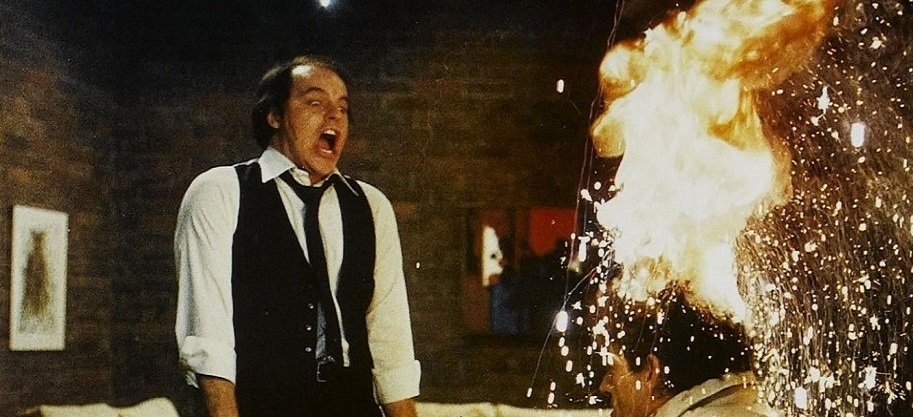
Of course, the FX-laden technical mastery erupts with glorious grue in the supercharged finale, in which Revok morphs into an electrically-evil automaton whose eyeballs turn into empty white orbs and epidermis gorily erupts up through the vile varicose veins jutting from his arms. Ironside was initially paid just over $5,000 CAD to appear in just a couple of scenes, but his role expanded when Cronenberg realized what a stellar performance he was giving as the evil and avaricious Revok. In fact, the ferocious finale of the film originally included Revok exploding Vale’s head as well (pictured above), but Cronenberg opted to excise it from the final edit. Reportedly, Steven Lack is still in possession of the exploded head to this day.
WHAT BLOWS NOW: For as durable as the plotline and VFX remain 40 years later, there are a few elements of Scanners that betray its age. First off, all of the computer-screen images are painfully outmoded by today’s standard, an anachronism you’d expect for a movie made in 1981. Excusable, for sure, but definitely shows it’s age.
While I’ve always taken a bit of umbrage with the performances in Scanners, they’ve gotten worse over time, not better. Steven Lack in particular is properly named, as he lacks any discernible acting talent…so much so that he quit the film business altogether to become a painter. Other than giving his best young Christopher McDonald impression, Lack’s acting in Scanners is strained and stilted at best, stodgy and sclerotic at worst. He seems to think he’s playing a lobotomized robot of some kind, a la Arnie in The Terminator, rather than a complex human being with extrasensory skills.
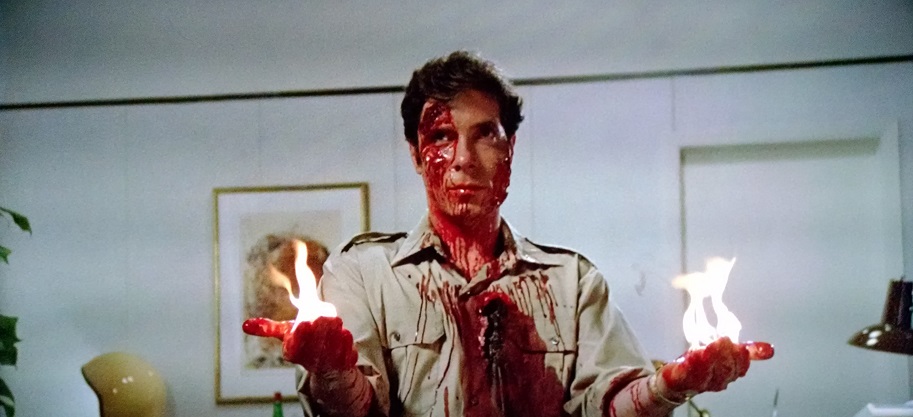
The result of having such a poor performance from the lead is a lack of a rooting interest in the character. Sure, we feel bad for Vale for the physical toll of taking an unwanted assignment has on him, but that doesn’t mean we root for his survival. We would with a better, more compelling performance, but the lack thereof leaves an empathetic void for the remainder of the story.
According to Cronenberg, he also had a contentious relationship with actors Patrick McGoohan and Jennifer O’Neill while making the film. As a result, neither gives a particularly good performance, with the staid McGoohan sussurating nearly all of his lines possibly out of contempt. O’Neill doesn’t appear until 37 minutes into the film despite taking top-billing, and when she does, she also recites lines with rigid amateurism that is too easy to spot in 2021.
THE VERDICT: Despite the pros and cons, there’s a reason why Scanners has been selected for preservation by the prestigious Criterion Collection. The film boasts an excellent and exciting premise, employs a host of durable practical special visual effects, includes an all-time HOLY SH*T image in the iconic head-detonation, and features one of Cronberg’s all-time most terrifying villains who delivers a satisfyingly violent finale. All told, Scanners continues to blow minds even 40 years later!
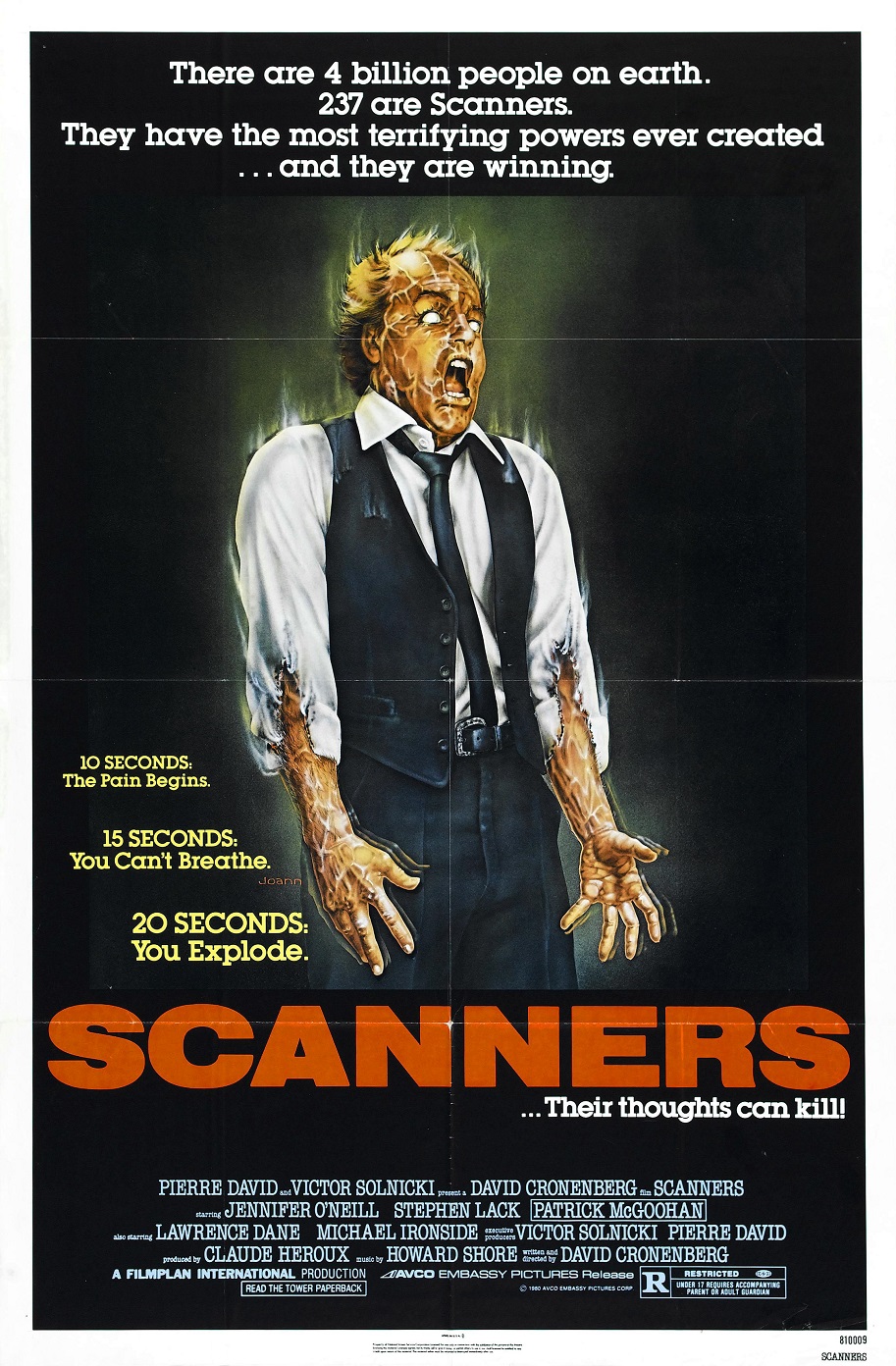


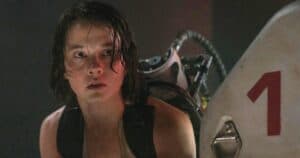


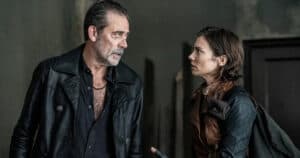
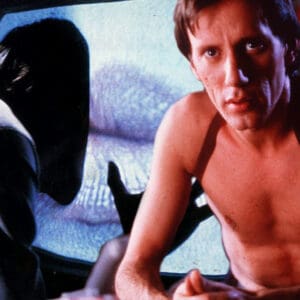
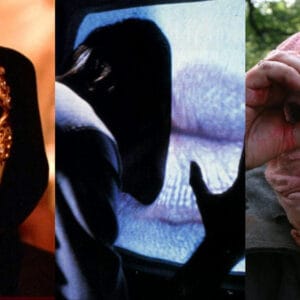


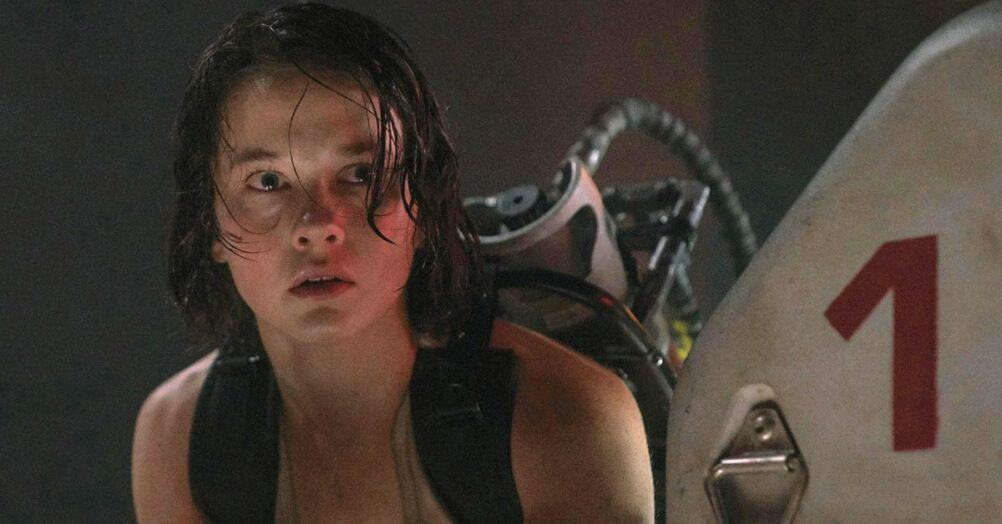


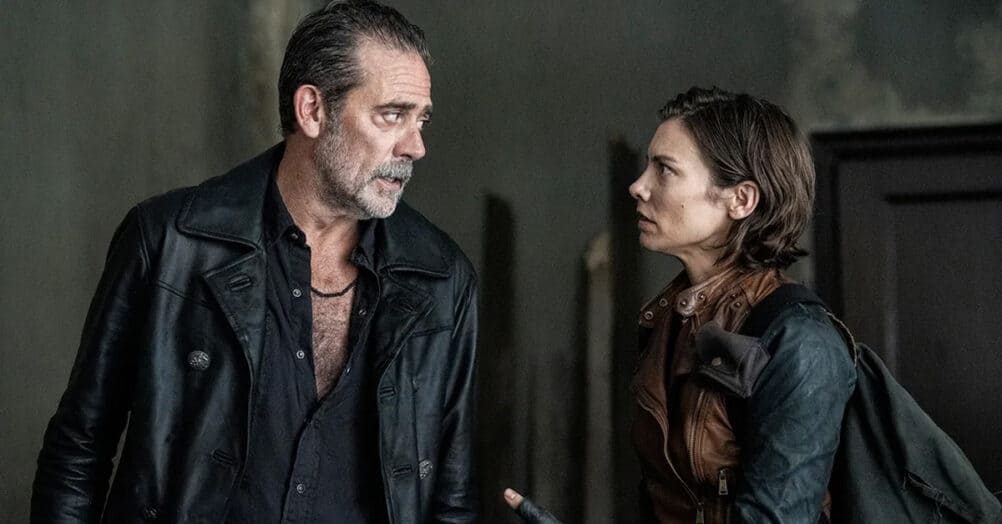
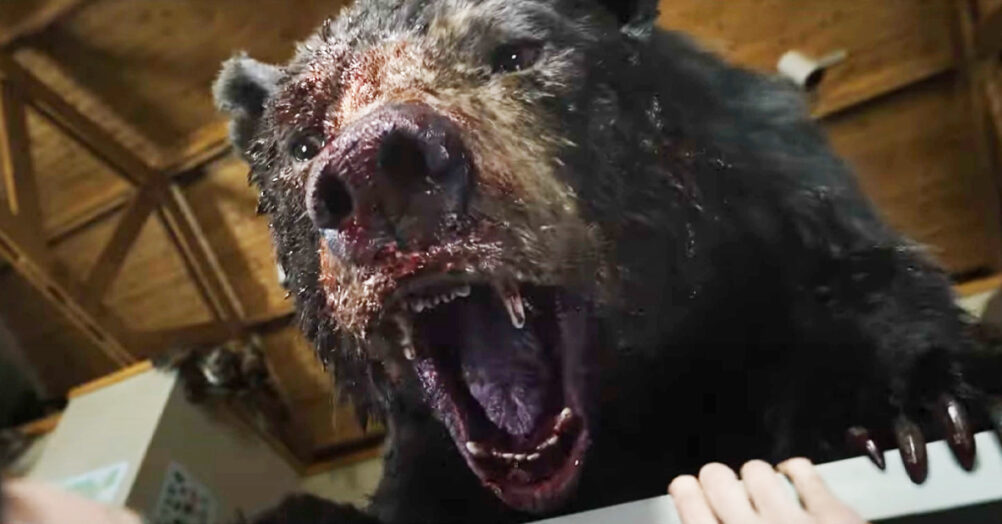

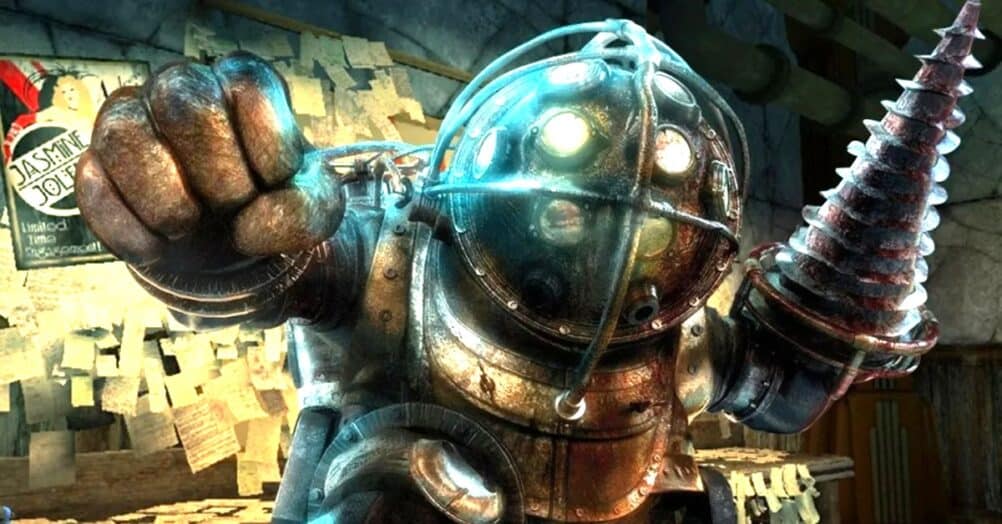
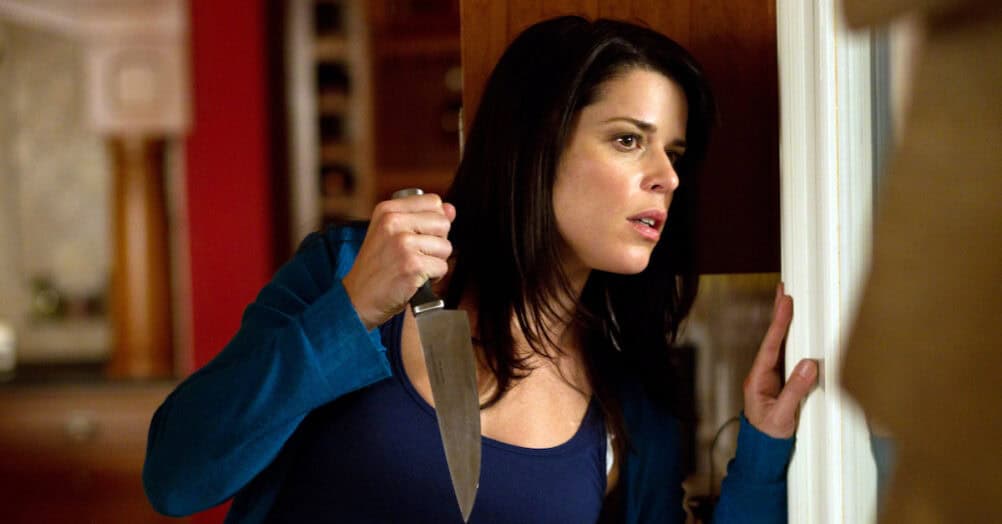


Follow the JOBLO MOVIE NETWORK
Follow us on YOUTUBE
Follow ARROW IN THE HEAD
Follow AITH on YOUTUBE